Refine search
Actions for selected content:
37588 results in Cambridge Textbooks
Preface
-
- Book:
- Analysis and Design of Data Converters
- Published online:
- 13 November 2025
- Print publication:
- 03 July 2025, pp xv-xv
-
- Chapter
- Export citation

The UKMLA Applied Knowledge Test
- Clinical Presentations and Conditions
-
- Published online:
- 27 June 2025
- Print publication:
- 01 May 2025
-
- Textbook
- Export citation
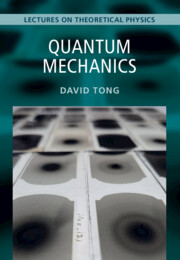
Quantum Mechanics
- Lectures on Theoretical Physics
-
- Published online:
- 27 June 2025
- Print publication:
- 19 June 2025
-
- Textbook
- Export citation

Manufacturing Processes
- Casting, Forming, and Welding
-
- Published online:
- 27 June 2025
- Print publication:
- 03 July 2017
-
- Textbook
- Export citation
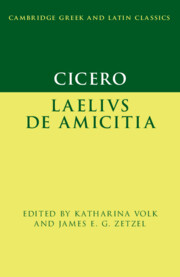
Cicero: Laelius de amicitia
-
- Published online:
- 27 June 2025
- Print publication:
- 31 October 2024
-
- Textbook
- Export citation
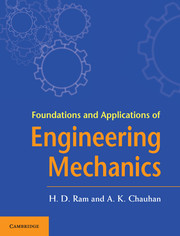
Foundations and Applications of Engineering Mechanics
-
- Published online:
- 26 June 2025
- Print publication:
- 16 March 2015
-
- Textbook
- Export citation
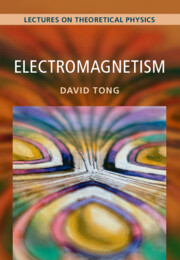
Electromagnetism
- Lectures on Theoretical Physics
-
- Published online:
- 26 June 2025
- Print publication:
- 19 June 2025
-
- Textbook
- Export citation
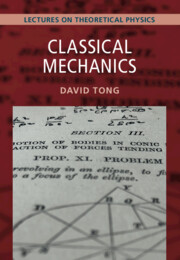
Classical Mechanics
- Lectures on Theoretical Physics
-
- Published online:
- 26 June 2025
- Print publication:
- 19 June 2025
-
- Textbook
- Export citation
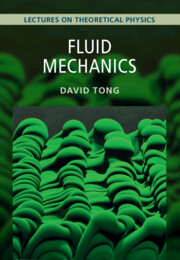
Fluid Mechanics
- Lectures on Theoretical Physics
-
- Published online:
- 26 June 2025
- Print publication:
- 19 June 2025
-
- Textbook
- Export citation
Index
-
- Book:
- Quantum Information
- Published online:
- 17 October 2025
- Print publication:
- 26 June 2025, pp 298-302
-
- Chapter
- Export citation
Solutions to Select Exercises
-
- Book:
- Quantum Information
- Published online:
- 17 October 2025
- Print publication:
- 26 June 2025, pp 237-273
-
- Chapter
- Export citation
18 - ★ Convex Programming in Cone-Constrained Form
- from Part IV - Convex Programming, Lagrange Duality, Saddle Points
-
- Book:
- Essential Mathematics for Convex Optimization
- Published online:
- 22 October 2025
- Print publication:
- 26 June 2025, pp 252-263
-
- Chapter
- Export citation
Appendix A - Derivatives and Differential Equations
-
- Book:
- Quantum Information
- Published online:
- 17 October 2025
- Print publication:
- 26 June 2025, pp 274-275
-
- Chapter
- Export citation
Appendix D - Haar-Distributed Random Unitary Matrices
-
- Book:
- Quantum Information
- Published online:
- 17 October 2025
- Print publication:
- 26 June 2025, pp 281-281
-
- Chapter
- Export citation
7 - Realizations of Qubits: Examples
-
- Book:
- Quantum Information
- Published online:
- 17 October 2025
- Print publication:
- 26 June 2025, pp 139-164
-
- Chapter
- Export citation
Appendix C - Probabilities and Probability Distributions
-
- Book:
- Quantum Information
- Published online:
- 17 October 2025
- Print publication:
- 26 June 2025, pp 279-280
-
- Chapter
- Export citation
23 - Exercises for Part IV
- from Part IV - Convex Programming, Lagrange Duality, Saddle Points
-
- Book:
- Essential Mathematics for Convex Optimization
- Published online:
- 22 October 2025
- Print publication:
- 26 June 2025, pp 307-341
-
- Chapter
- Export citation
8 - The Physics of Two-Qubit Gates
-
- Book:
- Quantum Information
- Published online:
- 17 October 2025
- Print publication:
- 26 June 2025, pp 165-176
-
- Chapter
- Export citation
Copyright page
-
- Book:
- Essential Mathematics for Convex Optimization
- Published online:
- 22 October 2025
- Print publication:
- 26 June 2025, pp iv-iv
-
- Chapter
- Export citation
19 - Optimality Conditions in Convex Programming
- from Part IV - Convex Programming, Lagrange Duality, Saddle Points
-
- Book:
- Essential Mathematics for Convex Optimization
- Published online:
- 22 October 2025
- Print publication:
- 26 June 2025, pp 264-276
-
- Chapter
- Export citation
